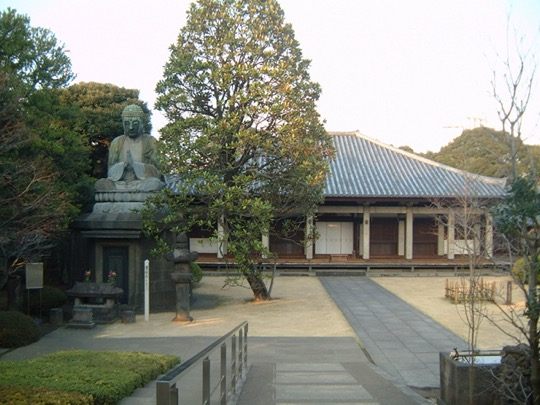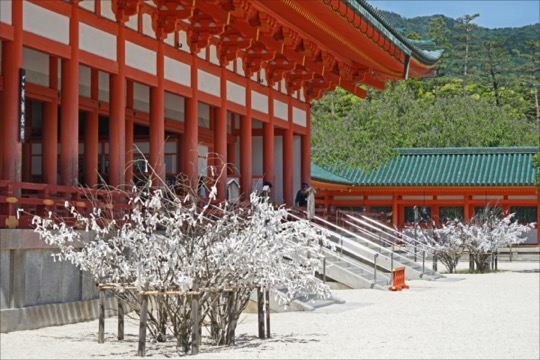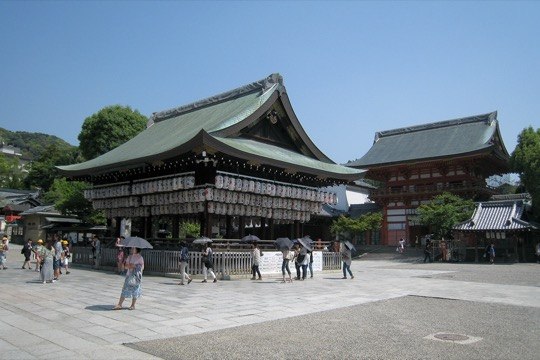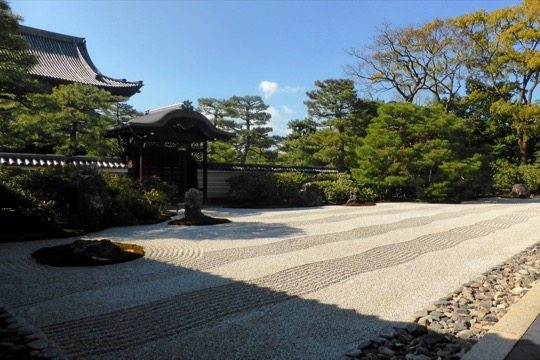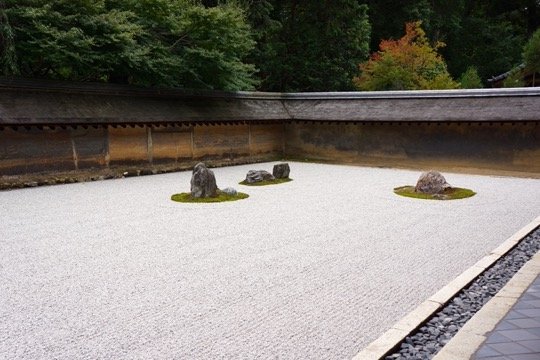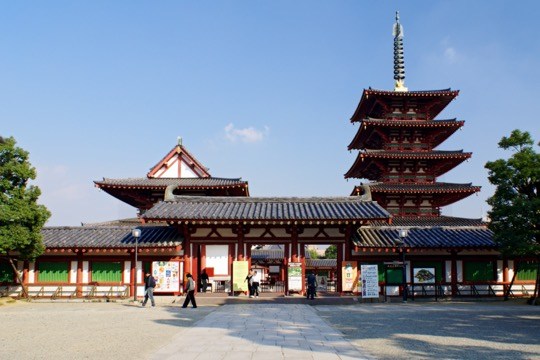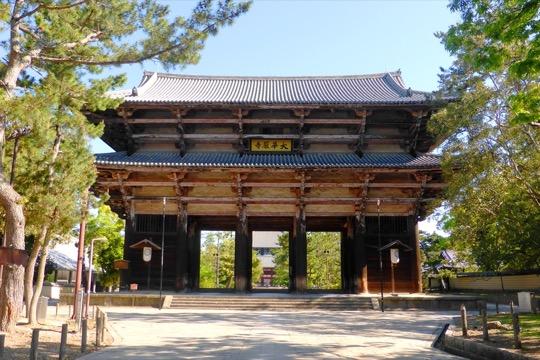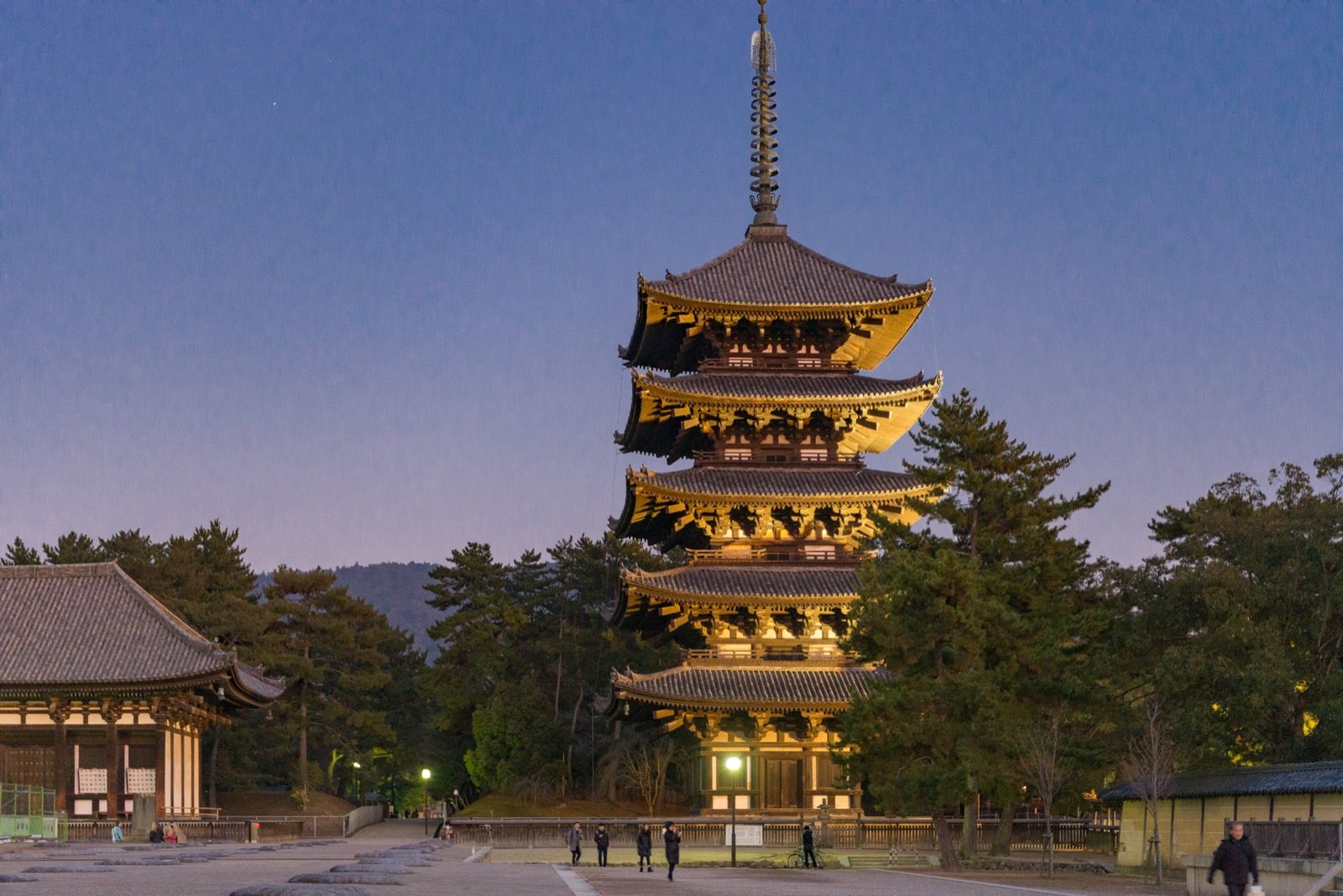
On This Page
Kofukuji Temple in Nara, Japan, is known for its historical significance and architectural splendor, especially its five-story pagoda. Founded in 669 and relocated to Nara in 710, Kofukuji served as the family temple of the influential Fujiwara clan and was an important cultural center during the Nara period (710-794). The temple was one of the Seven Great Temples of Nara and a key site for the Hossō school of Buddhism. Although the complex once had over 150 buildings, many were lost due to civil wars and fires, including the South Octagonal Hall, Nandaimon, Chūmon, and the corridor. Today, the temple continues to be a significant site, with a collection of notable Buddhist art.
The temple’s notable structures include the recently rebuilt Central Golden Hall (Chukondo), reopened in 2018, and the Five-Story Pagoda (Gojunoto), the second tallest of its kind in Japan. The Eastern Golden Hall (Tokondo) contains a revered Yakushi Buddha statue, and the National Treasure Museum exhibits Kofukuji’s art collection, featuring the six-armed Ashura figure. Access to the temple grounds is free, but there are fees for entering the Central Golden Hall, the Eastern Golden Hall, and the National Treasure Museum. The Five-Story and Three-Story pagodas are not open to the public but are prominent features of the temple’s landscape.
Kofukuji Temple stands as a testament to Nara’s rich history, and visitors can explore its heritage through the remaining buildings and museum exhibits. The site is recommended for those interested in the cultural and historical aspects of Japan.
